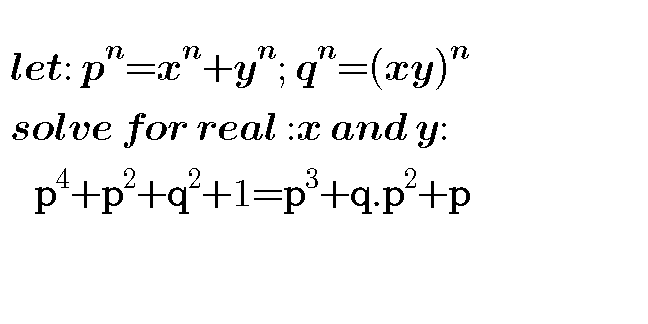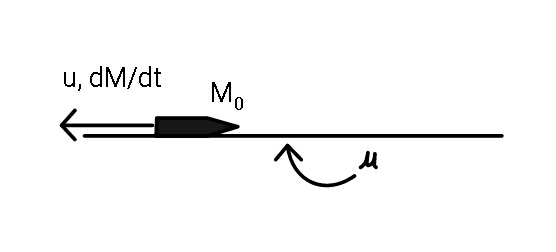
AllQuestion and Answers: Page 1505
Question Number 60723 Answers: 0 Comments: 10
Question Number 60717 Answers: 0 Comments: 1

Question Number 60706 Answers: 0 Comments: 2
Question Number 60705 Answers: 1 Comments: 0

Question Number 60716 Answers: 1 Comments: 1

Question Number 60702 Answers: 0 Comments: 0

Question Number 60701 Answers: 0 Comments: 1
Question Number 60697 Answers: 1 Comments: 1

Question Number 60695 Answers: 0 Comments: 1
Question Number 60694 Answers: 0 Comments: 0
Question Number 60693 Answers: 0 Comments: 0
Question Number 60692 Answers: 0 Comments: 0
$${find}\:\:\int\:\:{arctan}\left(\mathrm{2}{cosx}\right){dx}\: \\ $$
Question Number 60691 Answers: 0 Comments: 1
Question Number 60690 Answers: 0 Comments: 0
Question Number 60688 Answers: 0 Comments: 0
$${find}\:\int\:\:\:{e}^{−{x}} \sqrt{\frac{\mathrm{3}−{x}}{\mathrm{3}+{x}}}{dx} \\ $$
Question Number 60687 Answers: 1 Comments: 2
Question Number 60685 Answers: 1 Comments: 1
Question Number 60686 Answers: 0 Comments: 0
Question Number 60683 Answers: 0 Comments: 0
Question Number 60682 Answers: 0 Comments: 1
Question Number 60681 Answers: 0 Comments: 1
Question Number 60680 Answers: 0 Comments: 2
Question Number 60679 Answers: 0 Comments: 1
Question Number 60678 Answers: 0 Comments: 3
Question Number 60677 Answers: 0 Comments: 0
Question Number 60676 Answers: 1 Comments: 2
Pg 1500 Pg 1501 Pg 1502 Pg 1503 Pg 1504 Pg 1505 Pg 1506 Pg 1507 Pg 1508 Pg 1509
